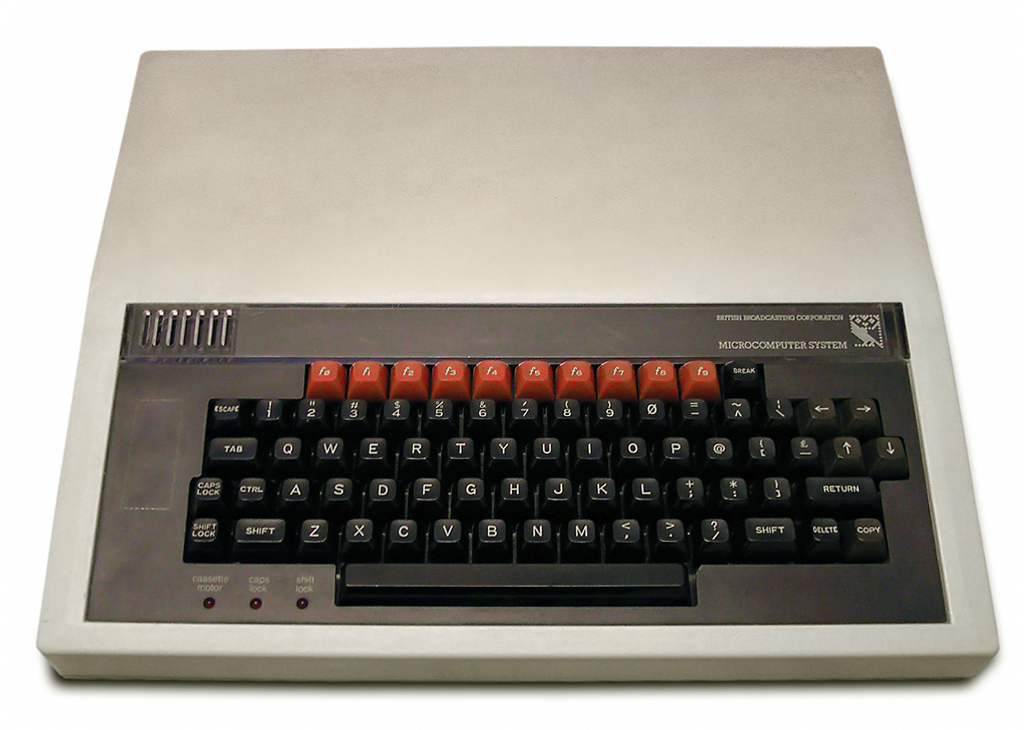General Notes
Random long-term problems, especially with early machines, are mainly caused by degradation of socket
connections. Faults of this type cannot be diagnosed. If the following procedu P.: is adopted however many of these intermittent faults can be dealt with, thus saving hours of fault-finding time.
All mechanical connections should be cleaned and disturbed, i.e. clean i.c. pins with a fibre-tipped tool and
check i.c. sockets for broken pins etc.
The wires to the push-on connectors between the switch-mode power supply and the main PCB were resoldered prior to being crimped on to the connectors. This has caused all sorts of problems due to high-resistance joints. The problems appear over a period of time as a result of the voltage at the PCB dropping, sometimes to less than 4.7V. In this condition random problems appear as the unit warms up, because the address multiplexers begin to lose their drive power. The solution to this problem is to solder all these crimped connectors. You can do this by pushing the insulation on the leads back to reveal the crimping, then
soldering.
Acorn Computers, manufacturer of the BBC B, doesn’t encourage people to repair the switch-mode power supply. Only a circuit diagram is provided in the service manual and spare parts are not available. It’s worth checking a dead unit for dry-joints however, especially around the mains input filter T 1. Also check the bridge rectifier and the 0.6W, 4.7Q metal-film resistor R12 which provides the feed to the collector of Q2. This TO3 device, which is mounted on a vertical piece of metal, is unmarked. We understand that it’s an Hitachi 2SC1942: the Telefunken BU225 seems to be a suitable equivalent (TVT lists the BU500 as an equivalent).
Faults List
The following faults relate to Issue 2 to 7 versions of the BBC Model B.
(1) Won’t start up. Read/write pin 34 of the 6502A micro-processor chip IC1 was shorted to earth due to a fault in IC33 (74LS04).
(2) Won’t start up, reset line (RST) incorrect. IC33 (74LS04) faulty.
(3) Machine apparently dead. Port B (in/out) of IC3 (6522) faulty.
(4) Large white blocks on the screen. Dry joints on the power supply leads — crimping is not always reliable. Solder the leads — see above.
(5) Program crashes. Cause was hash on the supply lines
due to a faulty power supply.
(6) No data loading on tape. LM324 chip IC35 faulty.



